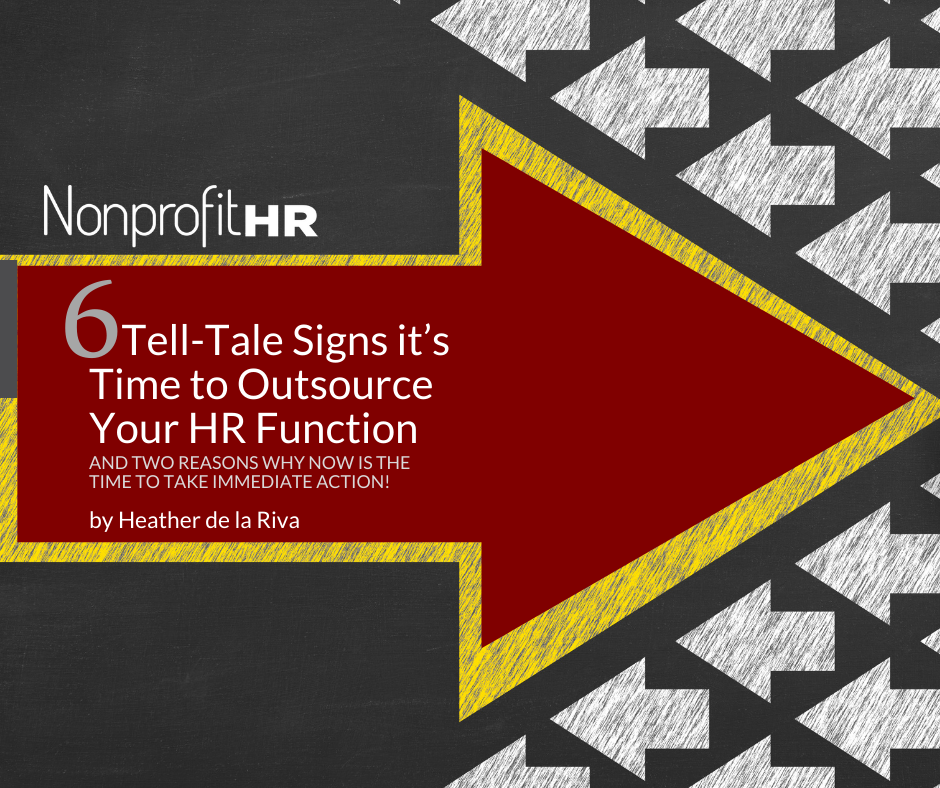WTOP: 5 ways nonprofits can…
By Nena Coleman
Congratulations, you’ve finally hired the right candidate for that hard-to-fill position! After successfully jumping through all the recruitment hoops and on-boarding your purple squirrel, it’s time to sit back and relax, right?
Wrong.
Successful recruitment is just the first step in the ongoing process of employee retention. In a certain light, you can think of it the same way you would think of marriage. Just like in any marriage, the work doesn’t end after the vows are spoken. It takes time, effort and honest communication from both parties to keep the relationship healthy and growing. I’ve conducted my fair share of exit interviews and when I reflect on them, there are certain trends in why employees “divorce” their organizations. Simple, but often overlooked perks like having an open-door policy, finding opportunities for employee development, recognition for exemplary work, and practicing active listening all had a considerable influence on employees’ loyalty (or lack thereof) to the organization.
Most organizations think about turnover in terms of the time and money that goes into hiring and training new employees, but there is another often overlooked element: the impact of turnover on relationships. Both internal stakeholders (staff, Board, leadership) and external stakeholders (donors, members, service recipients) want to work with people who are truly knowledgeable about their organization’s services, confident in their ability to answer questions, and passionate about the mission and brand. These necessary qualities take time to develop for any employee, be it the receptionist or the CEO. Ultimately, when employee retention is not made a priority, you lose much more than a person at a desk. Each employee’s institutional knowledge is worth its weight in gold in terms of efficiencies and relationships. The fact is that an employee who has had some tenure at the organization and is engaged in their work can work more quickly and effectively than a brand new employee. Plus, studies have shown that it costs less to maintain satisfaction with a current employee than it does to grab the attention of a potential new one.
Save yourself time, money and important relationships by investing in good retention practices. Your employees and your bottom line will thank you.
Want a to conduct an engagement survey, a cultural assessment or an audit of your performance management process? Call today.





























